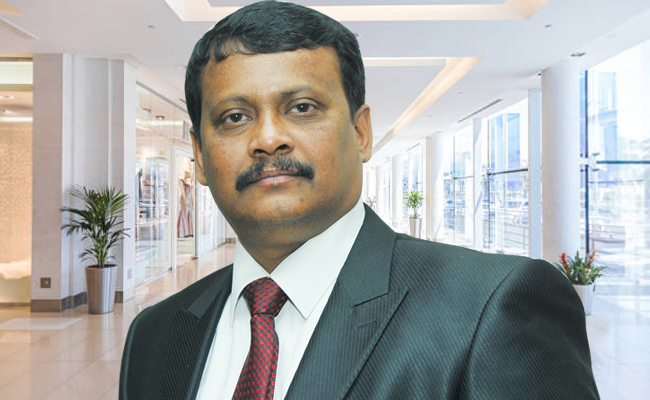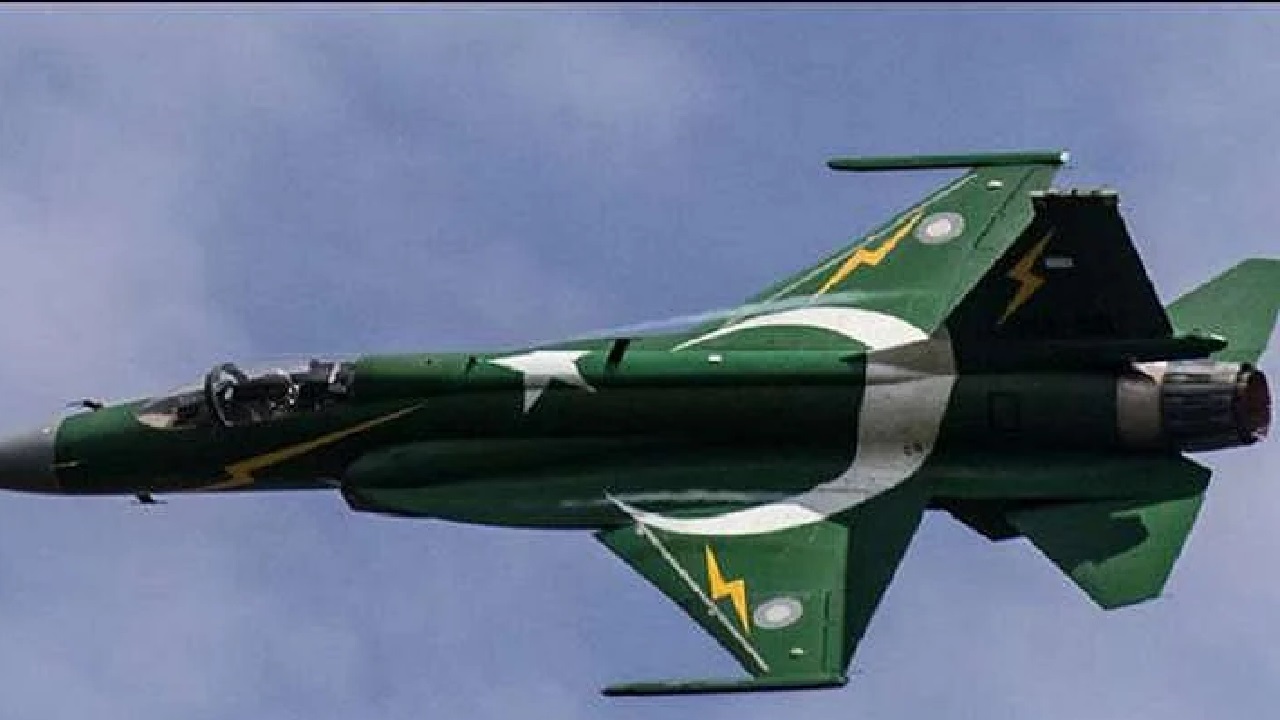External Affairs Minister S. Jaishankar is in Laos to participate in the ASEAN meeting, marking a significant step in deepening India’s ties with the ASEAN bloc as India celebrates a decade of its Act East Policy. Invited by Saleumxay Kommasith, Deputy Prime Minister and Foreign Minister of the Lao People’s Democratic Republic, Jaishankar’s visit underscores India’s commitment to ASEAN unity and the ASEAN-India Comprehensive Strategic Partnership.
During his visit, Jaishankar is expected to hold bilateral meetings with counterparts from other countries, further emphasizing India’s engagement with ASEAN.
Here are seven important things to know about Laos:
1. The Landlocked Dilemma
Laos is unique in Southeast Asia as the only landlocked country. Nearly three-quarters of its territory is covered in mountains and forested hills, which are too steep for habitation. This geographical feature significantly influences the country’s infrastructure and development challenges.
2. One of the Most Bombed Nations in the World
Between 1964 and March 1973, Laos experienced extensive bombing, with at least 260 million bombs dropped during the Vietnam War era. Many of these were cluster bombs, and millions remain unexploded, posing ongoing risks to the population and hindering land use.
3. Long-Standing Ties with India
Diplomatic relations between Laos and India were established on February 2, 1956. The relationship is rooted in deep cultural and people-to-people linkages that date back to ancient civilizations, reflecting a longstanding bond between the two nations.
4. A Poverty-Stricken Nation
Laos is one of East Asia’s poorest countries, grappling with inadequate infrastructure and a largely unskilled workforce. Despite these challenges, the country attracts foreign investment due to its integration with the broader ASEAN economic community, young workforce, and tax-friendly environment.
5. A Marxist-Leninist State
Laos is one of the two Marxist-Leninist states in Southeast Asia. Its historical and cultural identity traces back to Lan Xang, a kingdom that existed from the 13th to the 18th century, highlighting a rich heritage despite modern political challenges.
6. Visits by Indian Prime Ministers
In 2016, Prime Minister Narendra Modi became the fourth Indian Prime Minister to visit Laos, following Jawaharlal Nehru in 1954, Atal Bihari Vajpayee in 2002, and Manmohan Singh in 2004. These visits reflect the ongoing importance of the relationship between the two countries.
7. India’s Support During COVID-19
India extended support to Laos during the COVID-19 pandemic by sending a consignment of medicines and medical supplies on August 4, 2020. This gesture of solidarity was aimed at aiding Laos in its fight against the pandemic, strengthening the bond between the two nations.
India’s Act East Policy and Future Prospects
Jaishankar’s visit highlights India’s deep engagement with the ASEAN-centred regional architecture and its commitment to ASEAN unity. The visit aligns with India’s Act East Policy, emphasizing the importance of ASEAN centrality and the ASEAN Outlook on the Indo-Pacific (AOIP). The ASEAN-India Comprehensive Strategic Partnership aims to take forward these shared goals.
Bilateral Meetings and Regional Cooperation
Jaishankar’s participation in the ASEAN framework, including the ASEAN-India, East Asia Summit (EAS), and ASEAN Regional Forum (ARF), provides a platform for bilateral meetings with counterparts from other countries. These meetings are expected to enhance regional cooperation and address mutual concerns, fostering stronger ties between India and Southeast Asian nations.
As Jaishankar’s visit unfolds, it will be interesting to see the outcomes and future directions of India’s relationship with Laos and the broader ASEAN region. This visit underscores the importance of historical ties, regional cooperation, and mutual support in navigating contemporary challenges and opportunities.
(With inputs from agencies)








